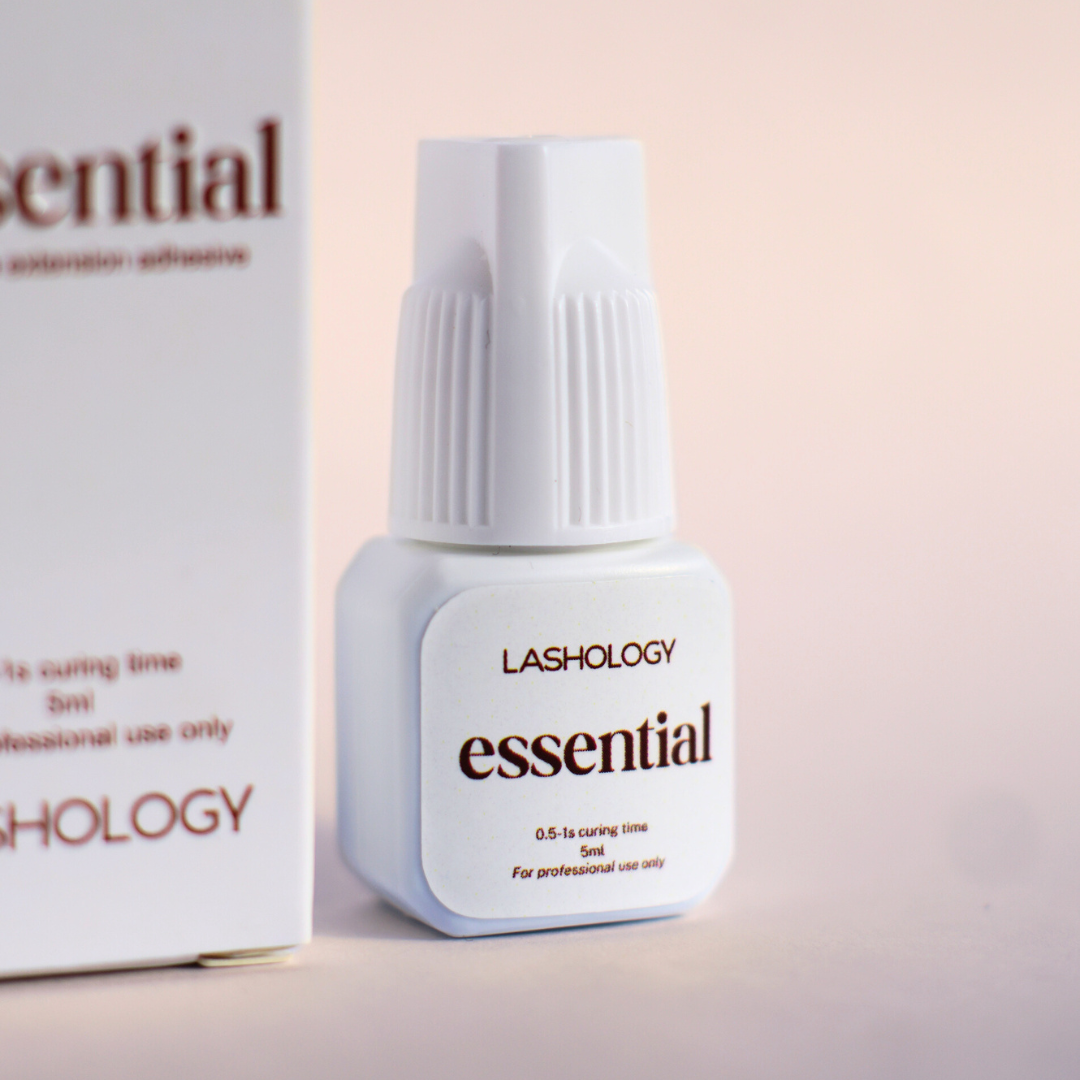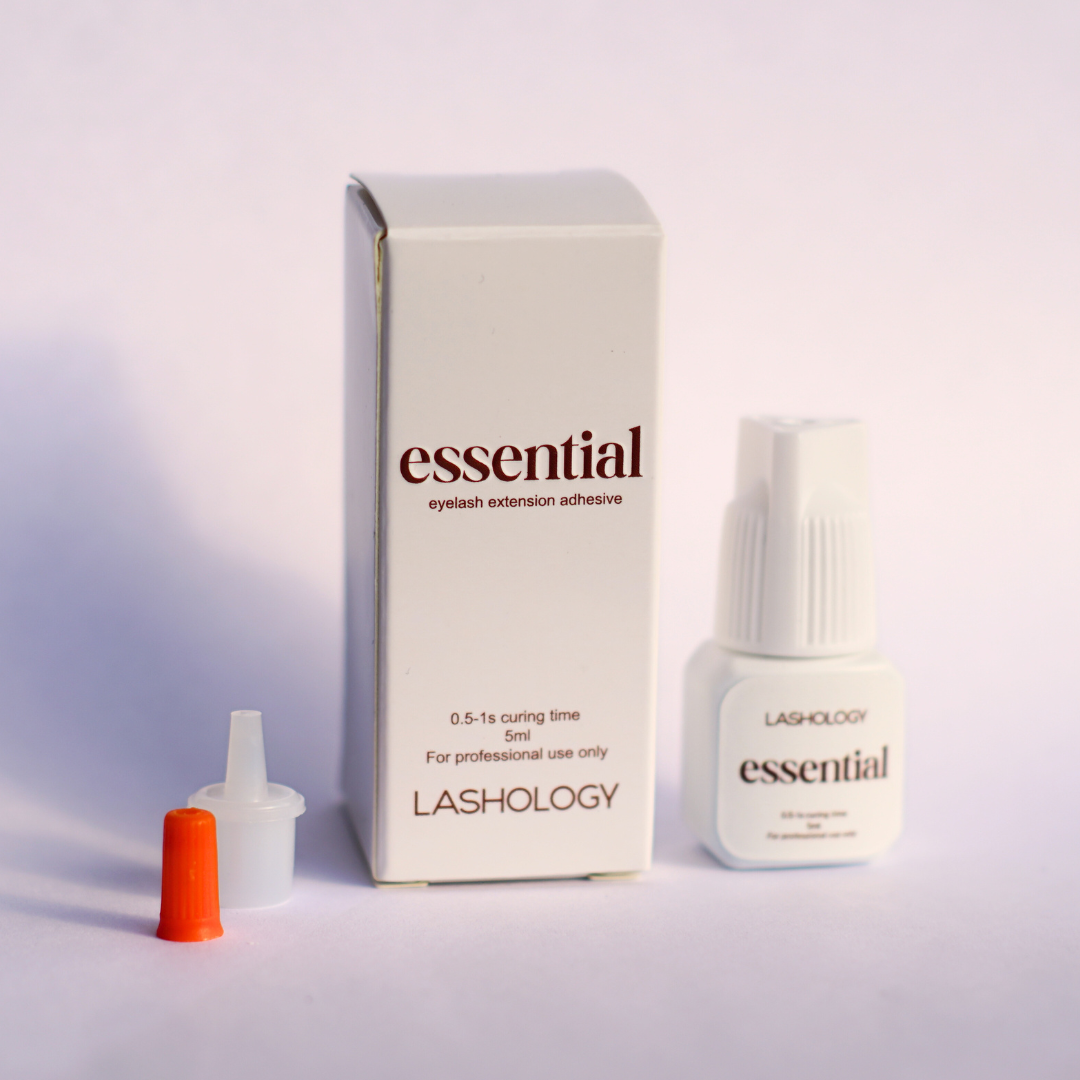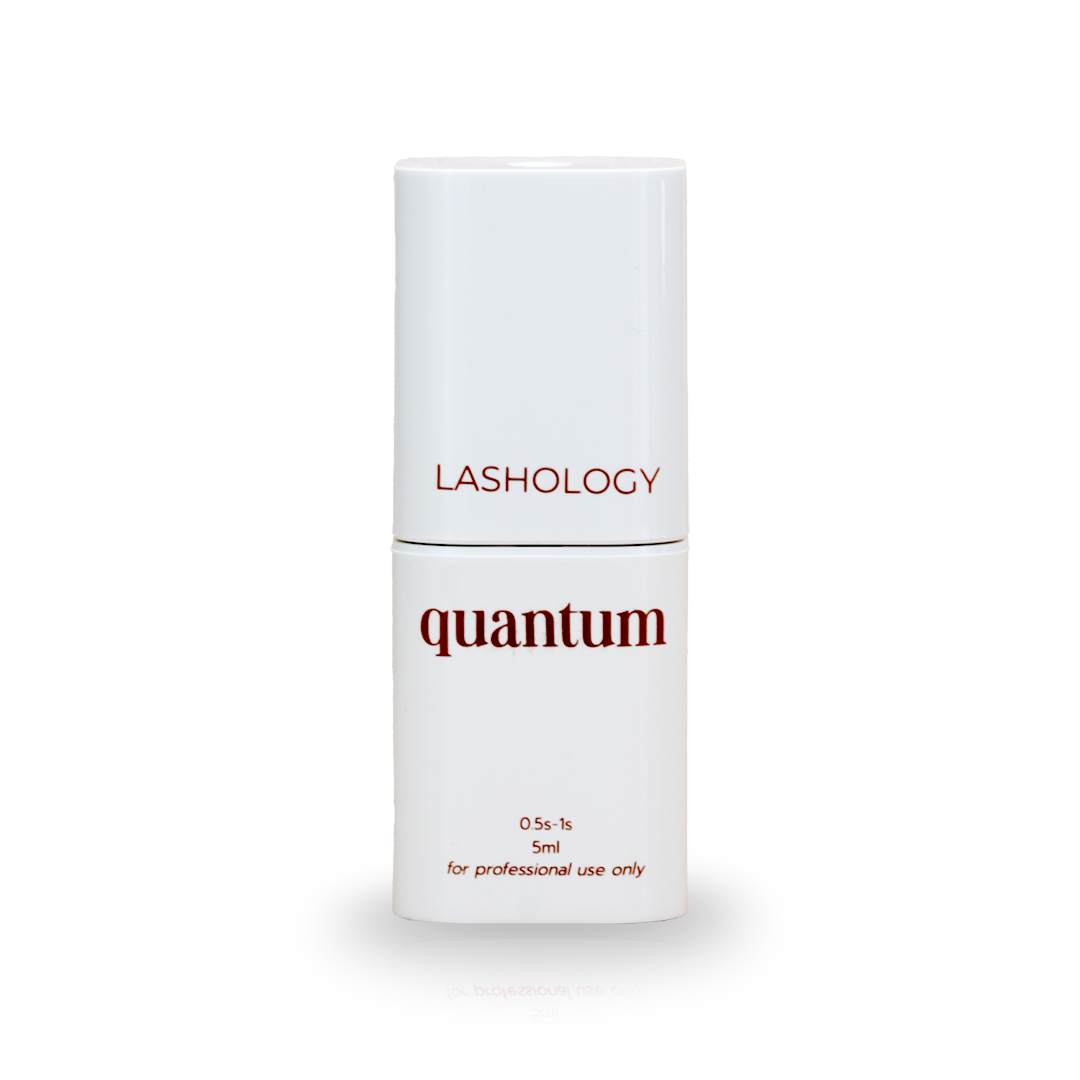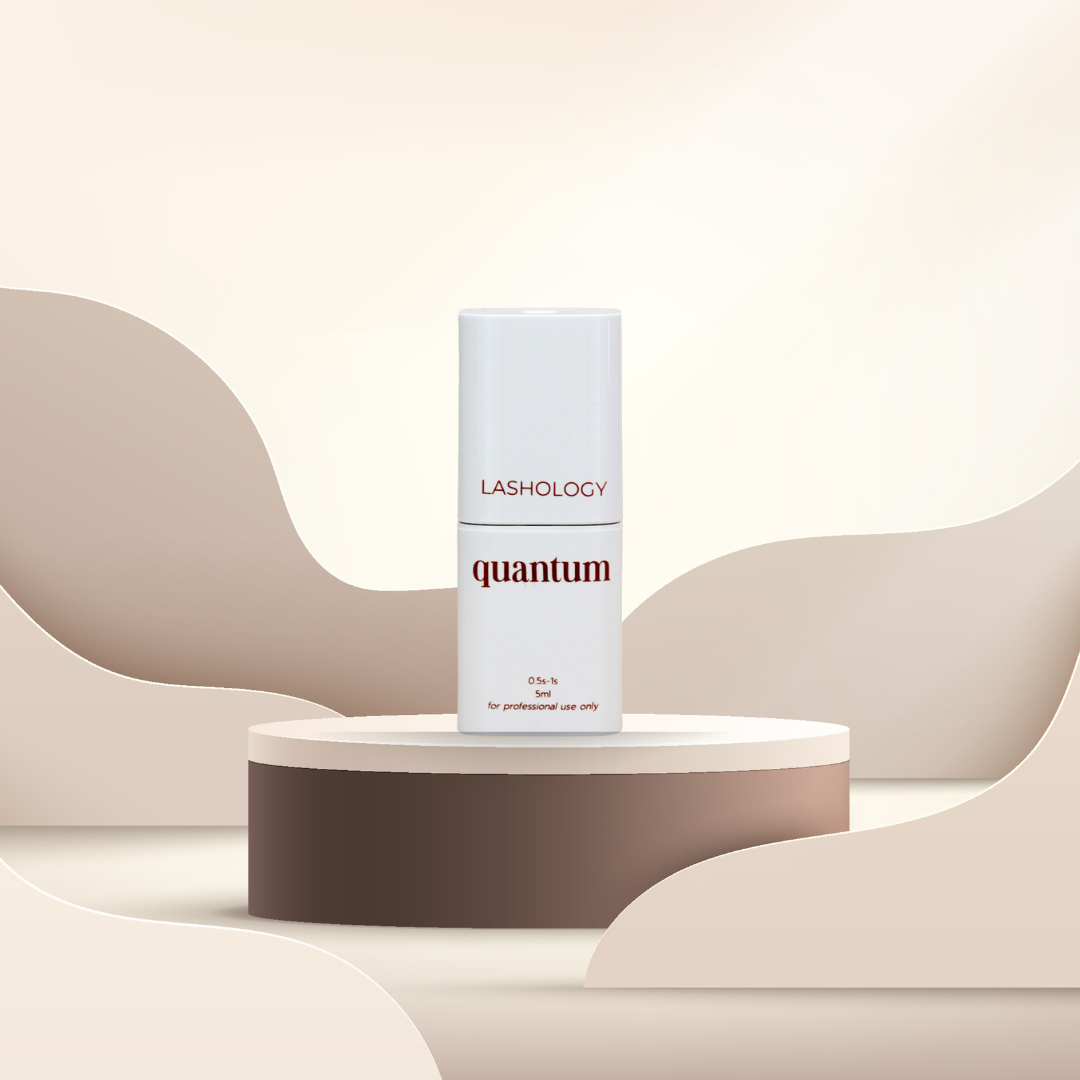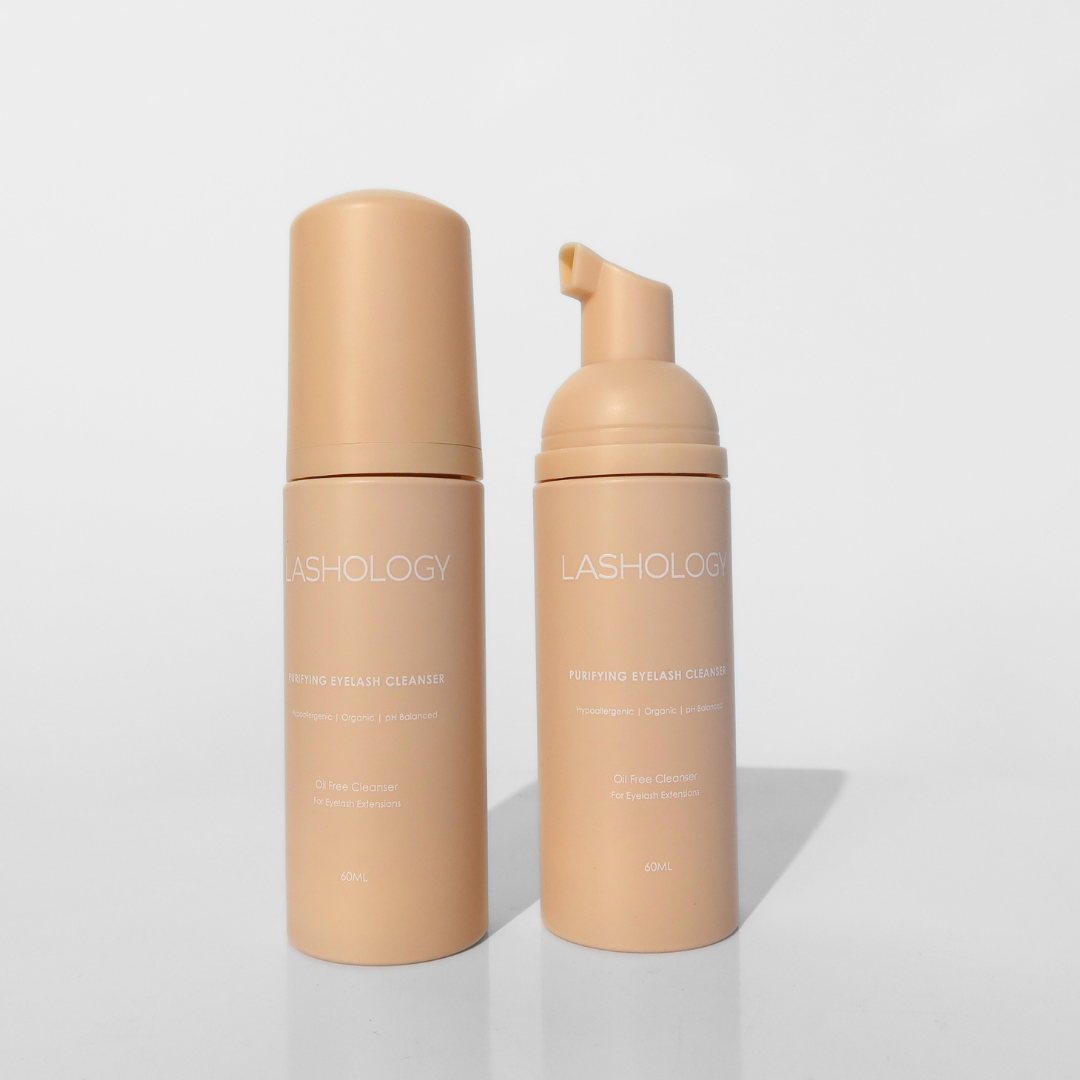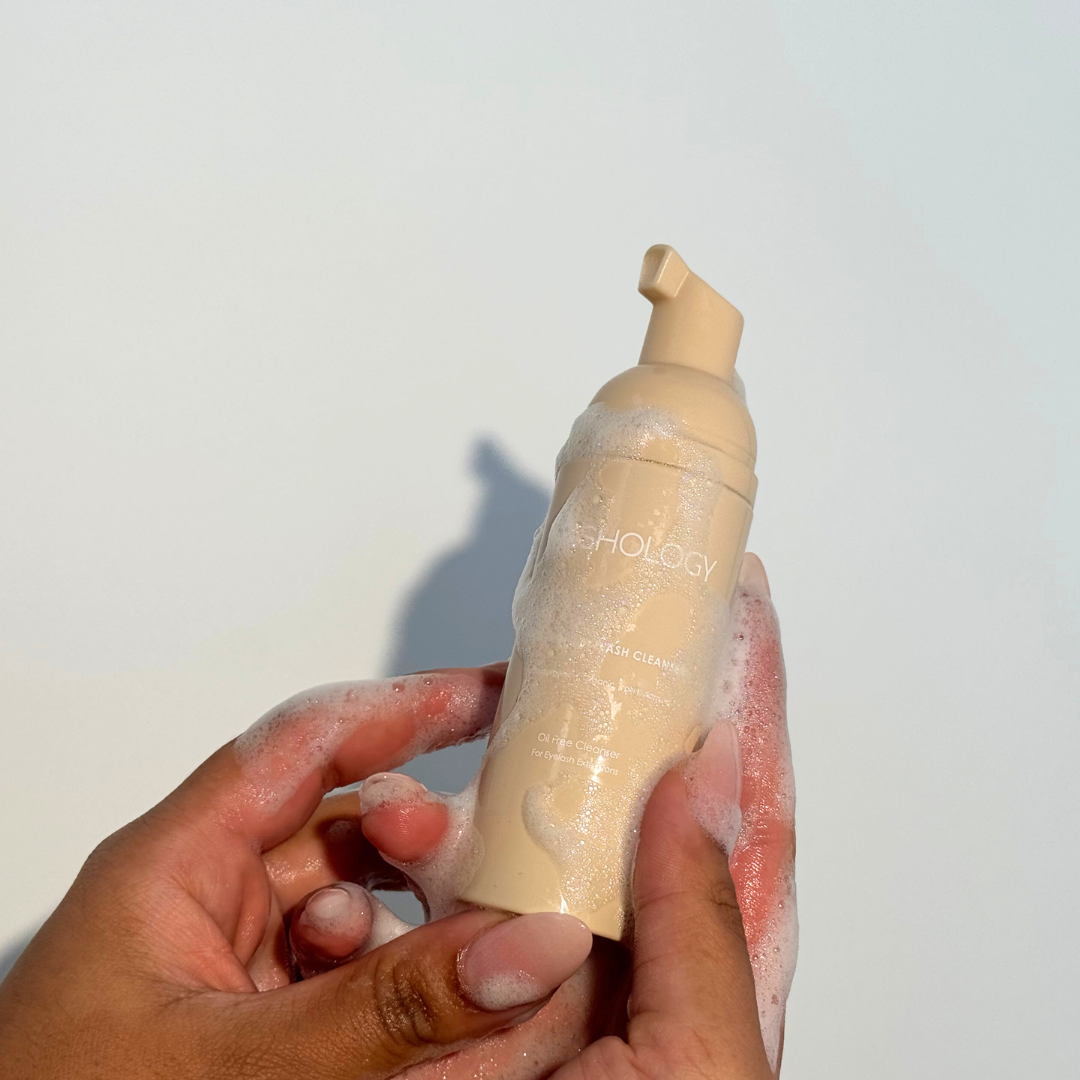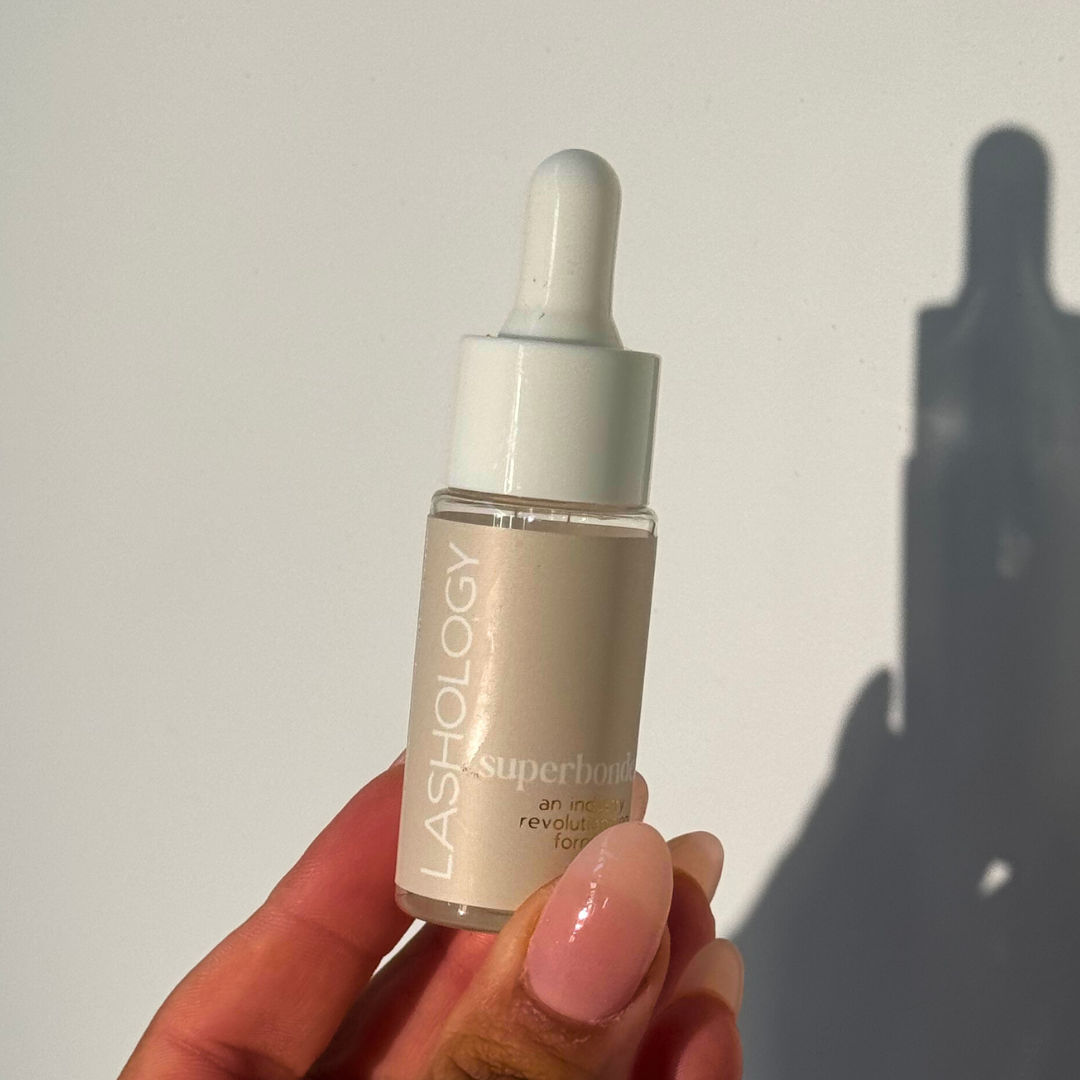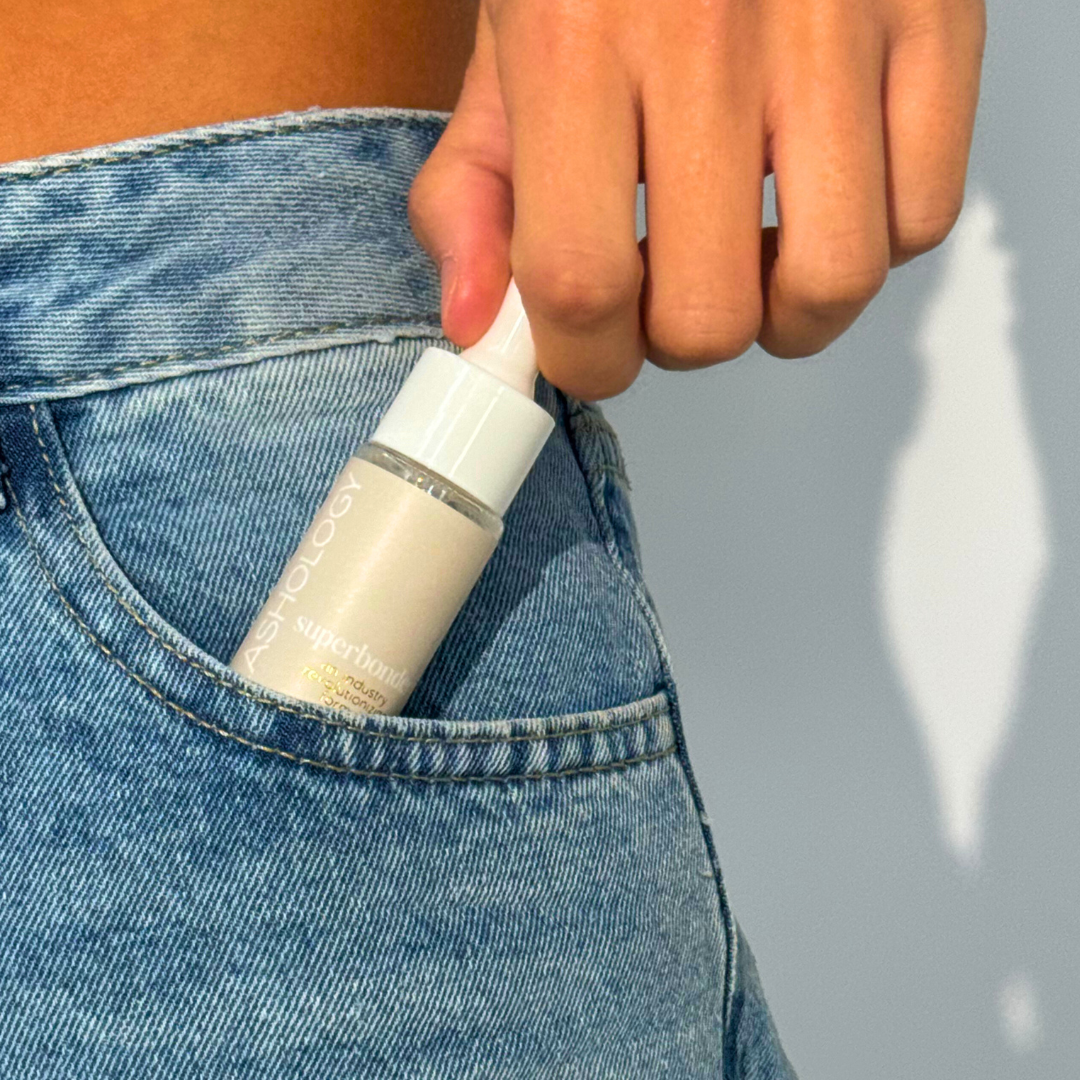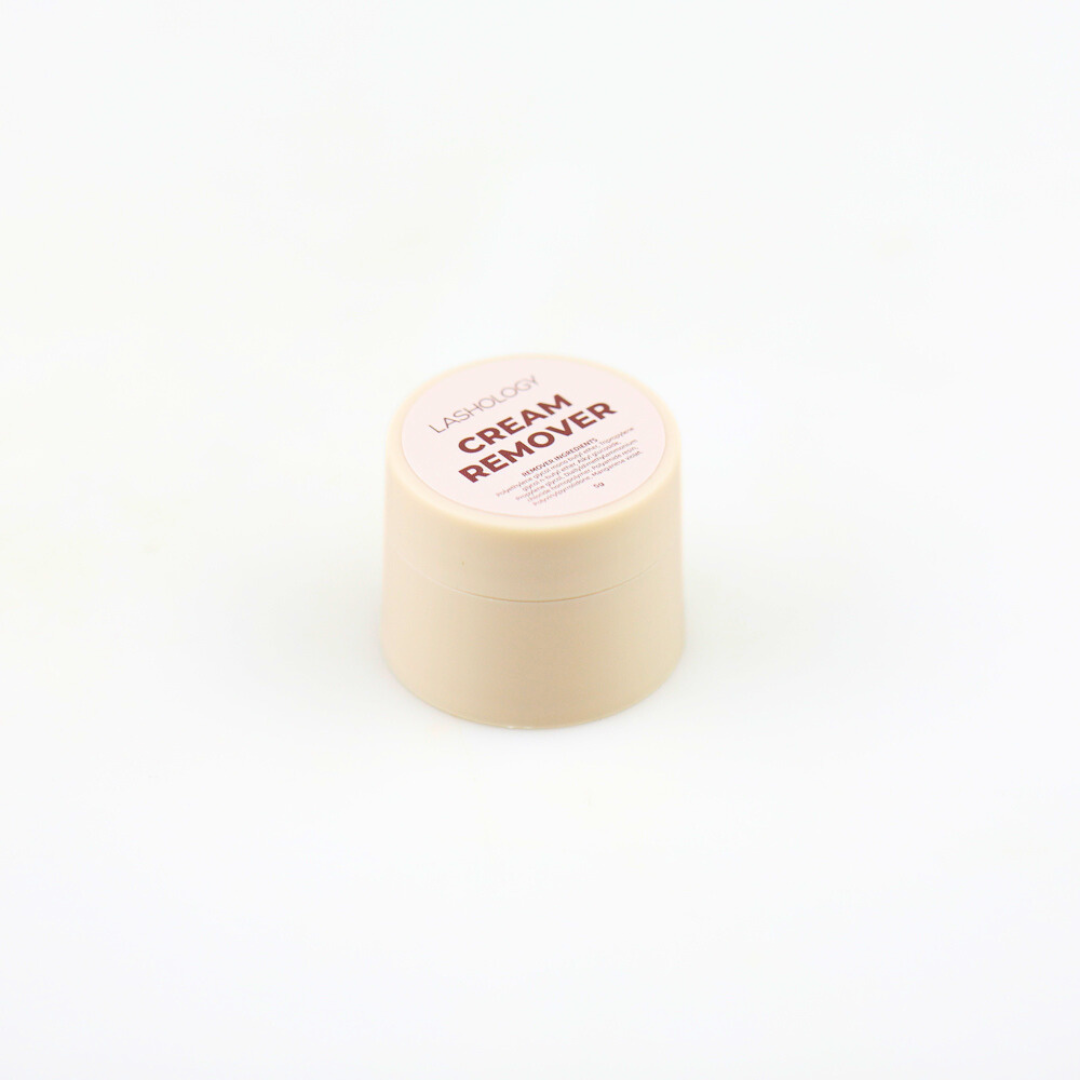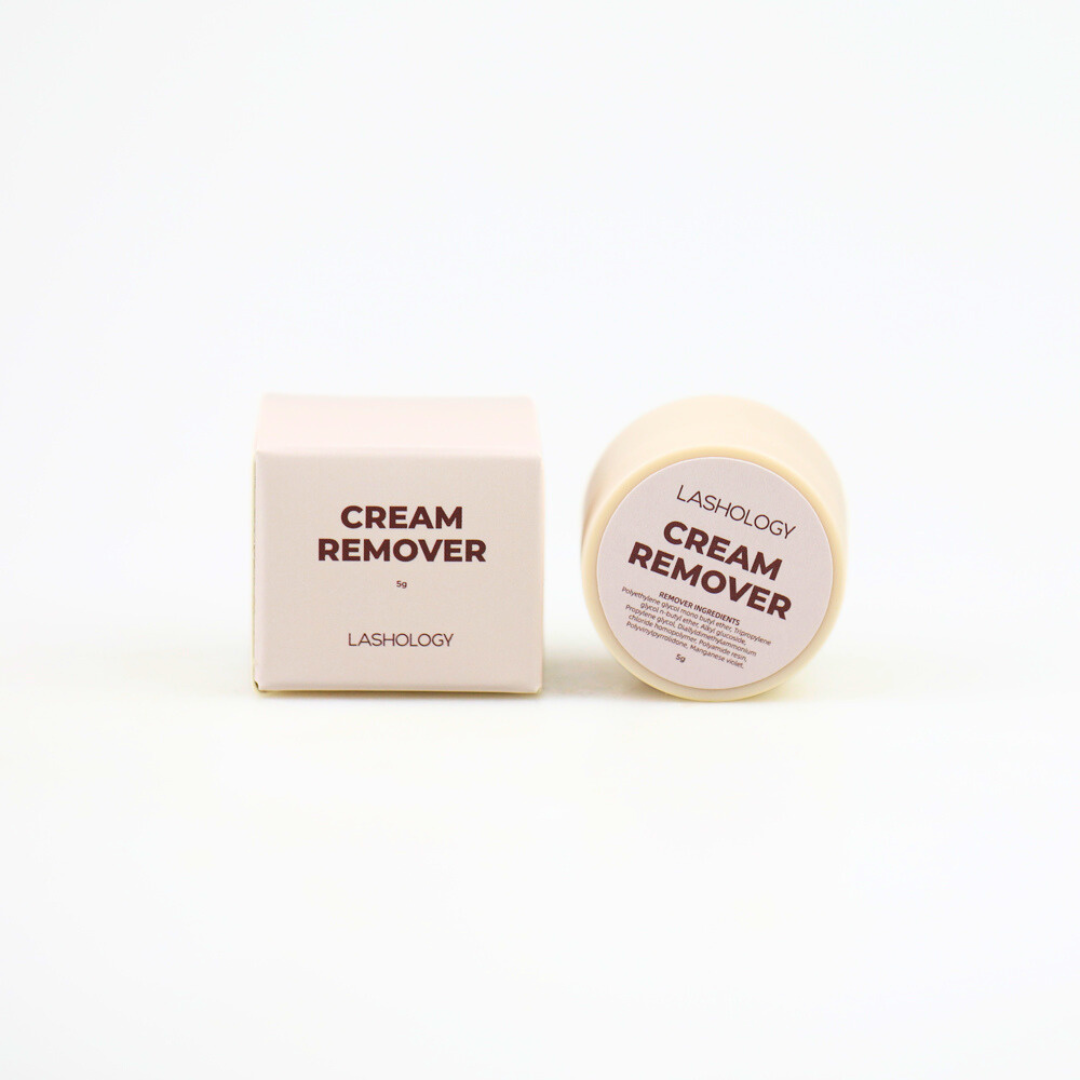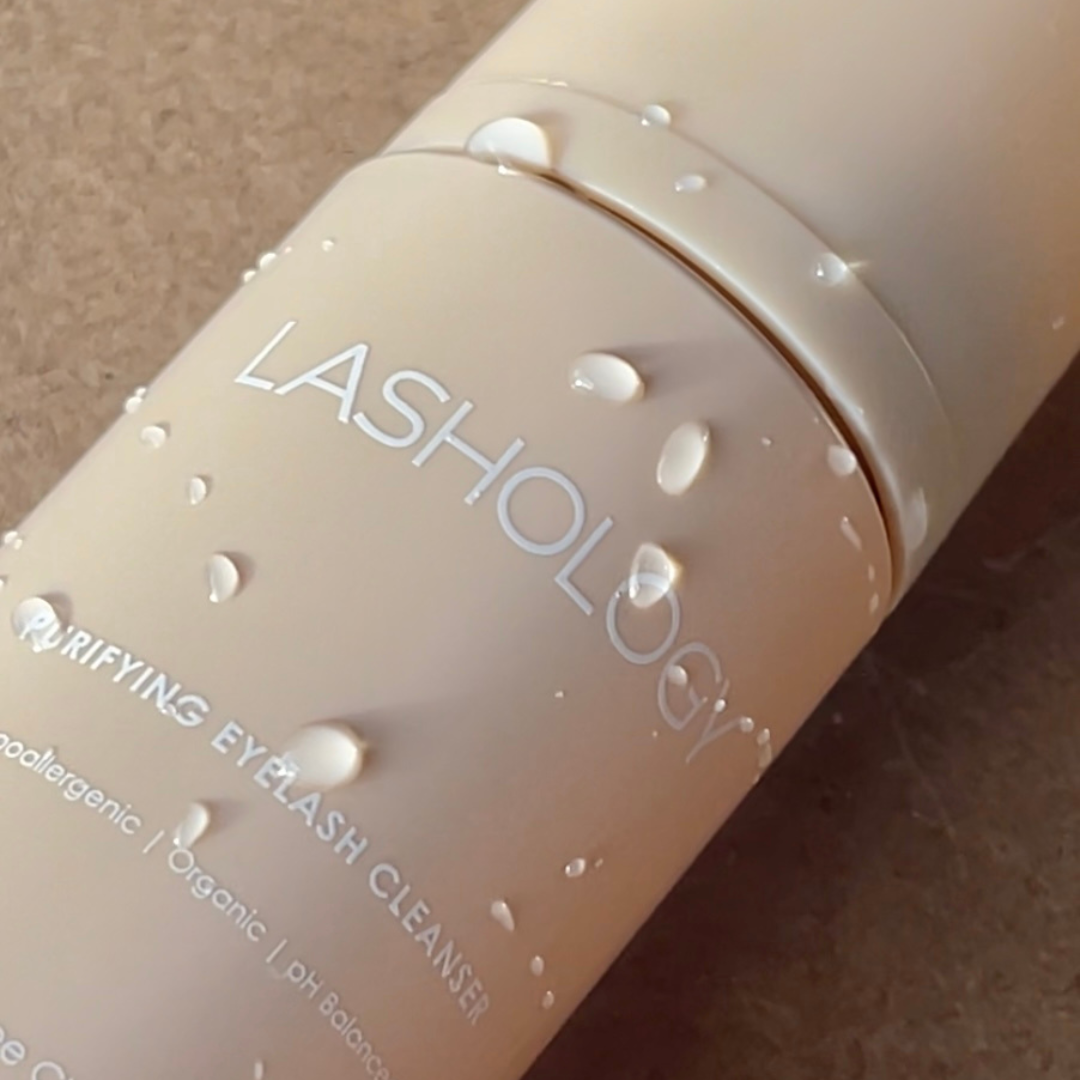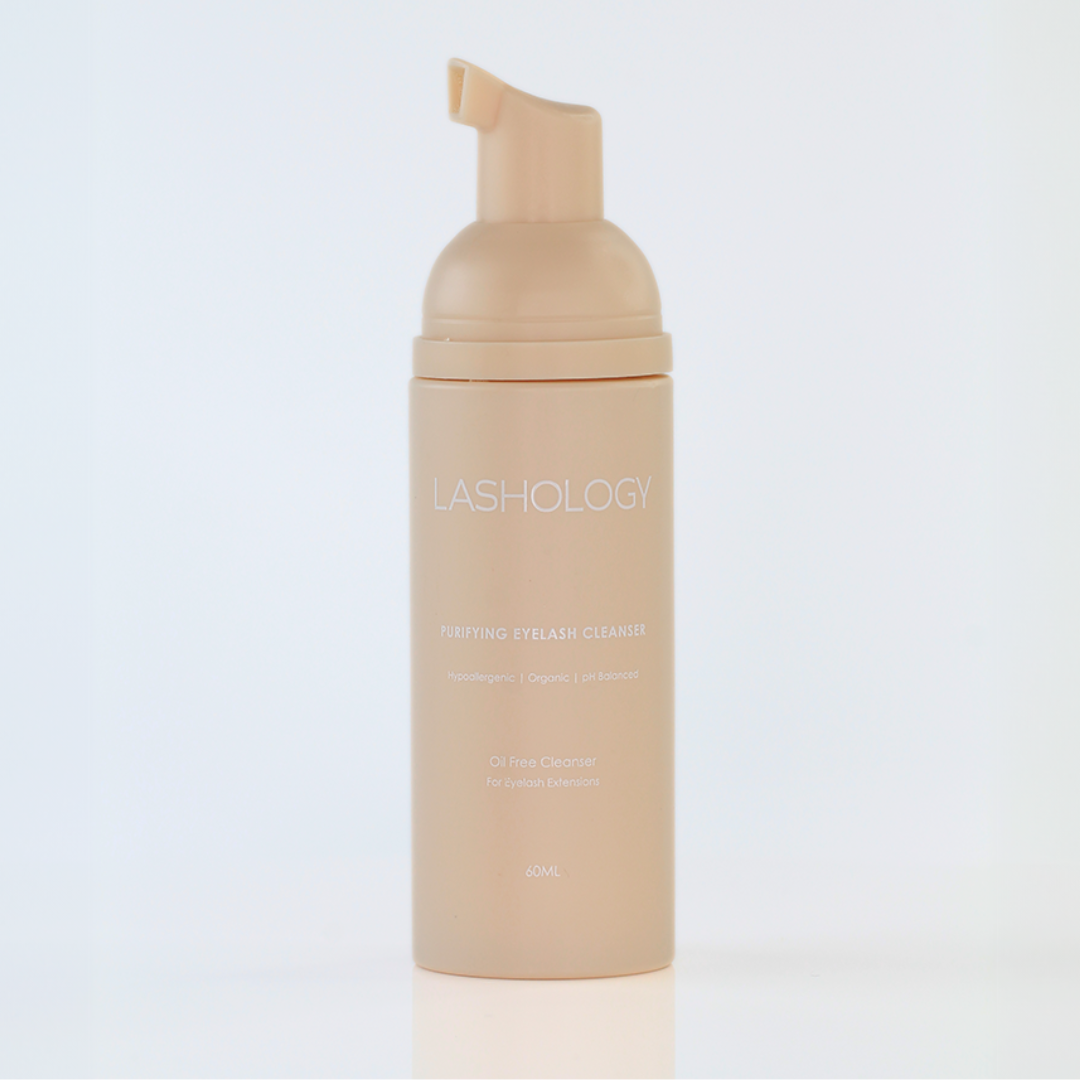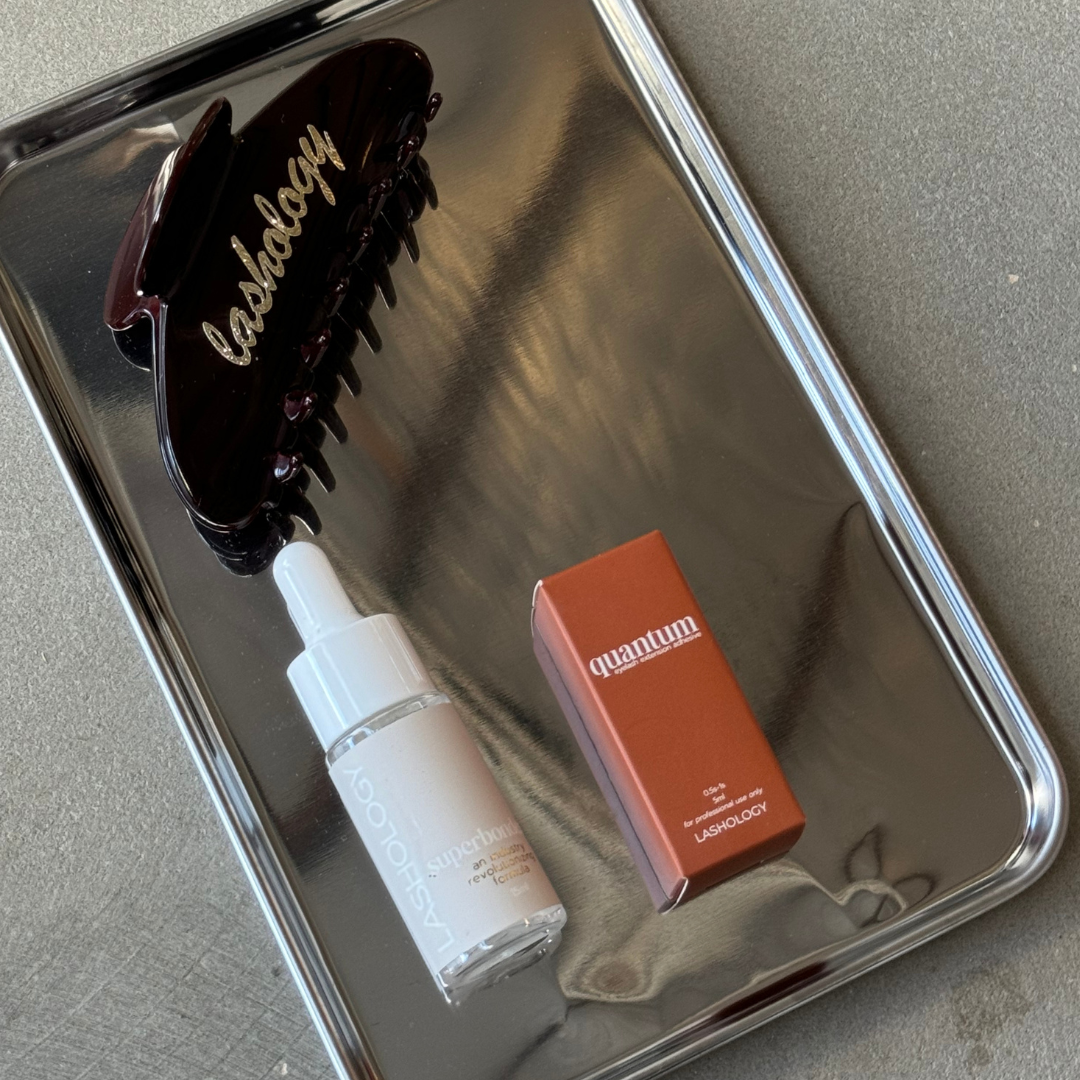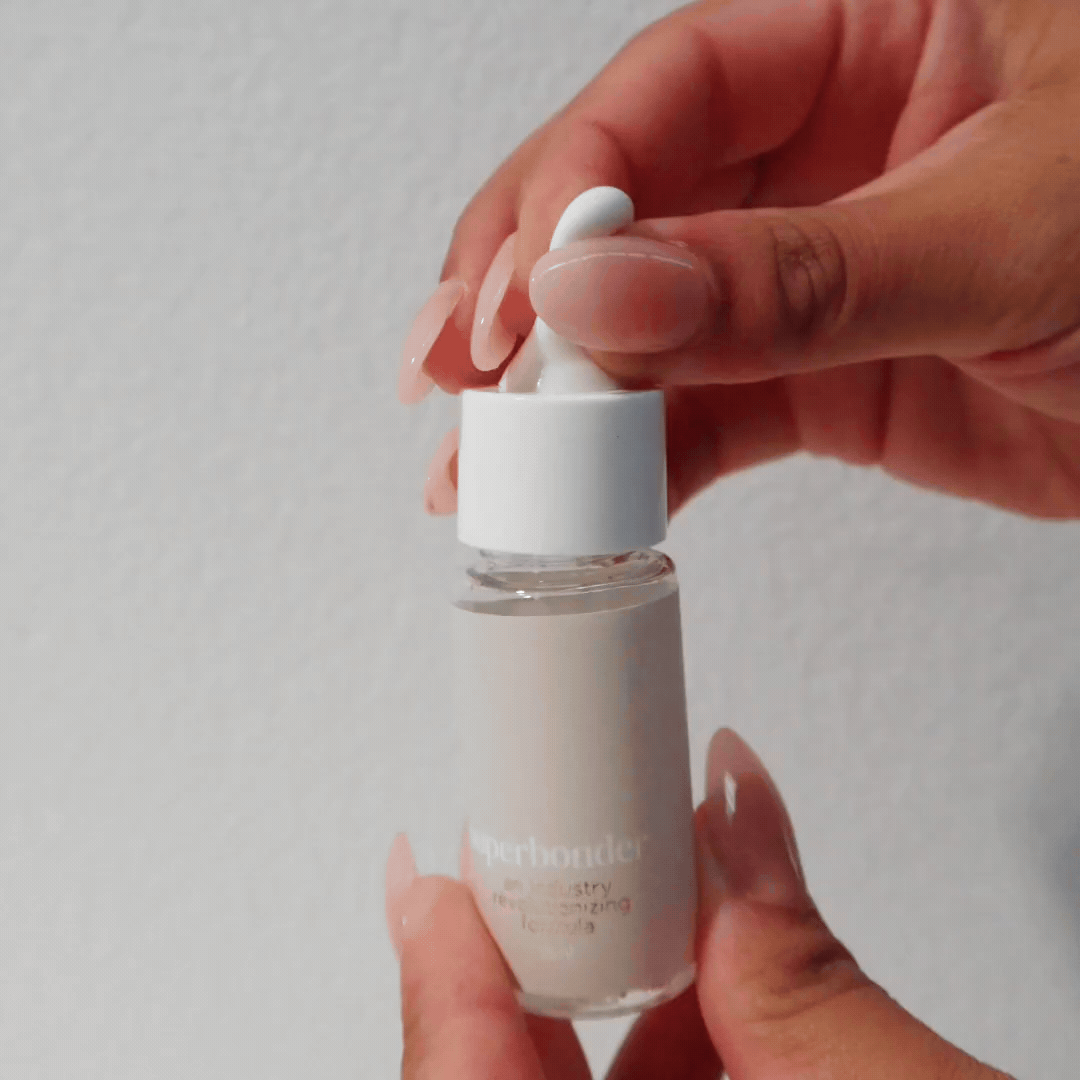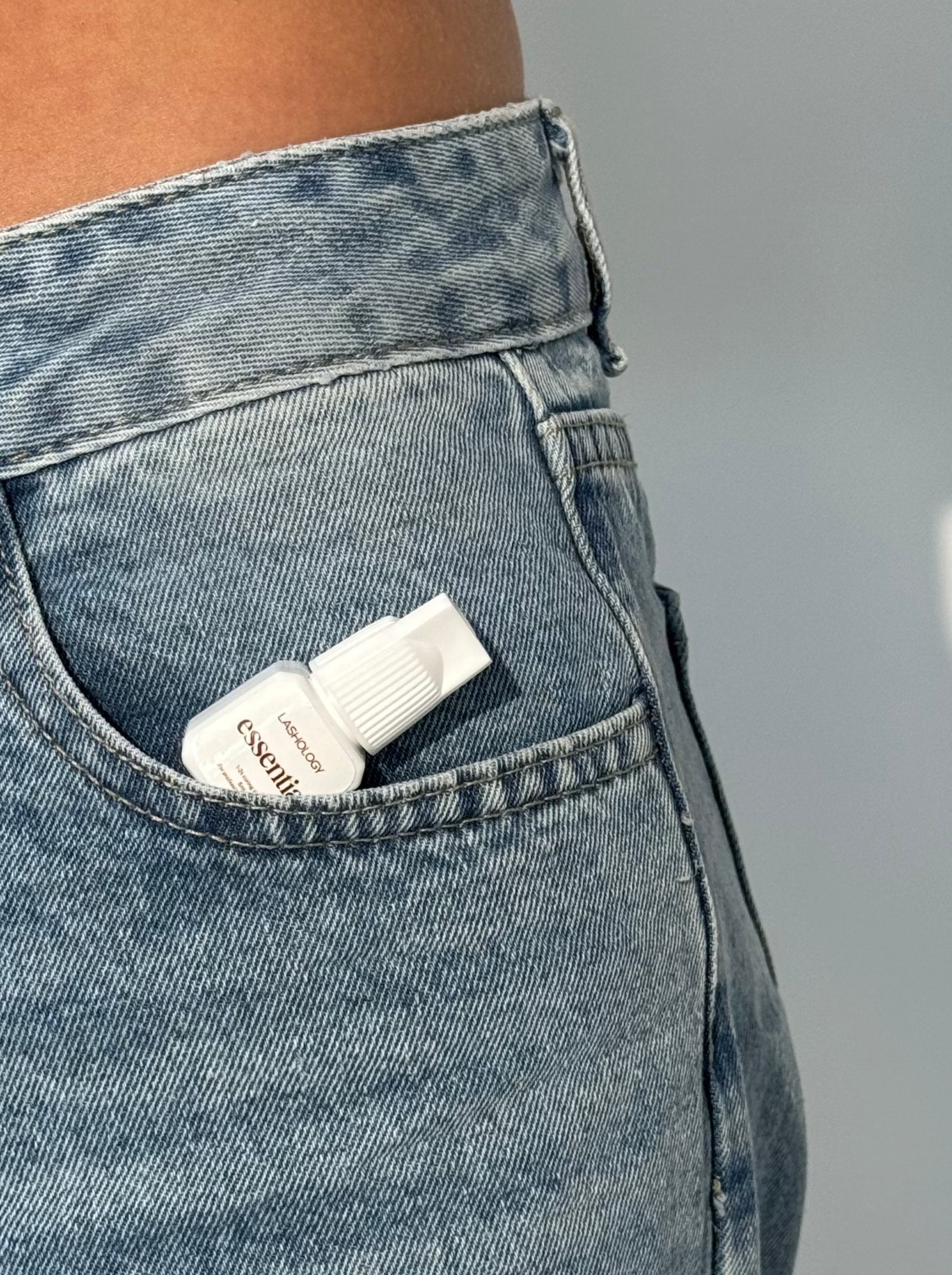Eyelash Extension Industry Compliance And Safety Hub
Welcome to our industry first compliance hub.
As a lash artist, manufacturer or supplier, you’re legally responsible for the safety of your products and practice, and regulators can step in with fines, seizures or recalls if you don’t comply.
Our hub makes it simple to meet AICIS and chemical-safety requirement - no jargon, no guesswork.
Glossary Terms
Your feedback is valued. If you identify any omissions or have suggestions, please let us know via our Contact Page
ABN – Australian Business Number, an 11-digit identifier required to register as a chemical introducer with AICIS.
AICIS – Australian Industrial Chemicals Introduction Scheme, the national regulator for importing, manufacturing and using industrial chemicals in Australia.
AICIS Inventory – The list of “listed introductions,” chemicals pre-approved for import or manufacture without additional assessment.
CAS Number – Chemical Abstracts Service Number, a unique numeric identifier assigned to every chemical substance for precise global identification.
Chemical Identity – The precise, official name (and CAS number) of a substance as listed on its Safety Data Sheet and in AICIS records.
Chemical Registration – The process of creating an AICIS account, listing your chemicals and volumes, submitting SDS files and paying the annual fee.
Downstream User – Anyone who uses a chemical purchased from an already-registered Australian supplier; they rely on the supplier’s AICIS registration rather than holding their own.
Exempted Introduction – Very low-risk polymers or small R&D volumes (e.g. under 250 kg/year) that meet strict criteria and don’t require full AICIS registration.
GHS – Globally Harmonized System, the international standard for classifying chemical hazards and communicating them via labels and Safety Data Sheets.
Hazard Pictograms – Standardized icons (e.g. flame, exclamation mark, health hazard) that visually convey a chemical’s primary risks.
Hazard Statements (H-Codes) – Concise phrases (e.g. H317: “May cause allergic skin reaction”) describing the nature and severity of a chemical hazard.
Importer – The person or business whose name is on the import paperwork when chemical products arrive in Australia—anyone bringing adhesives, removers or cleansers in must register with AICIS.
Industrial Chemical – Any chemical used for industrial purposes—including cosmetic ingredients like lash adhesives—regulated by AICIS.
Introduction – In AICIS terms, any act of bringing an industrial chemical into Australia, whether by import, manufacture or transfer.
Labeling & GHS Compliance – Ensuring your products carry the correct signal words, hazard pictograms, hazard statements and precautionary statements as per GHS rules.
Low-VOC Adhesive - A lash glue formula containing minimal volatile organic compounds, resulting in reduced odor, lower inhalation exposure and a more comfortable studio environment.
Polymer of Low Concern – High-molecular-weight polymers that pose negligible risk and are exempt from full reporting under specific AICIS criteria.
Precautionary Statements (P-Codes) – Guidance phrases (e.g. P280: “Wear protective gloves”) advising on safe handling, storage and emergency response.
R&D Volume – Small quantities of chemicals used strictly for research and development purposes, often eligible for registration exemptions.
Reportable Introduction – A chemical not yet on the AICIS Inventory; it must be assessed and formally recorded before use.
Safety Data Sheet (SDS) – A standardized 16-section document detailing a chemical’s hazards, composition, handling requirements and emergency measures.
Signal Word – A single word on a label or SDS (“Danger” for severe hazard, “Warning” for moderate hazard) indicating overall hazard level.
Volatile Organic Compound (VOC) - Solvent chemicals in adhesives that evaporate at room temperature; high-VOC formulas off-gas more, while low-VOC adhesives minimise odor and exposure.
Start Here For Business Compliance
AICIS BUSINESS REGISTRATION
Did you know that importing adhesives, removers or cleansers without AICIS registration can lead to fines, customs holds and even forced product recalls – risking your business, your customers and your income?
Learn exactly who needs to register, why it matters for your lash business and follow our plain-English, step-by-step guide.
What's really in your adhesive?
Demystify cyanoacrylate formulas, decode your SDS hazard sections and make safer choices for you and your clients. Knowing exactly what’s in your glue isn’t optional - it’s your obligation to import only safe materials and to take responsibility for any adverse reactions.
Labelling and ghs made simple
Get instant access to signal-word definitions, pictogram guides and ready-to-use label templates - because incorrect or missing hazard pictograms and signal words can lead to serious health incidents and hefty penalties.
Proper GHS-compliant labels keep you legal and give your clients real peace of mind.
Compliance Approved Liquids
Liquids
Blog posts
A Lash Artist’s Retrospective: The Rise and Fall of Sky Glue (2013–2018)
Remember the buzz of Sky Glue? By 2018, however, that viral sensation had vanished from salon shelves - victim to moisture issues, unstable formulations and hidden VOC hazards. In this retrospectiv...
Read moreDoes Your Lash Glue Smell Too Strong? Here’s Why - and How Low-VOC Formulas Fix It
Tired of headaches, watery eyes or lingering chemical smells after every set? It’s not just you! High-VOC solvents in standard lash adhesives can off-gas into your studio, compromising comfort and ...
Read moreWhy We Keep Our Product Range Curated, Clean and Compliant
Why We Keep Our Product Range Curated, Clean and Compliant If you’ve been with Lashology for a while, you might have noticed something different about our shelves: we don’t launch new products ever...
Read more
